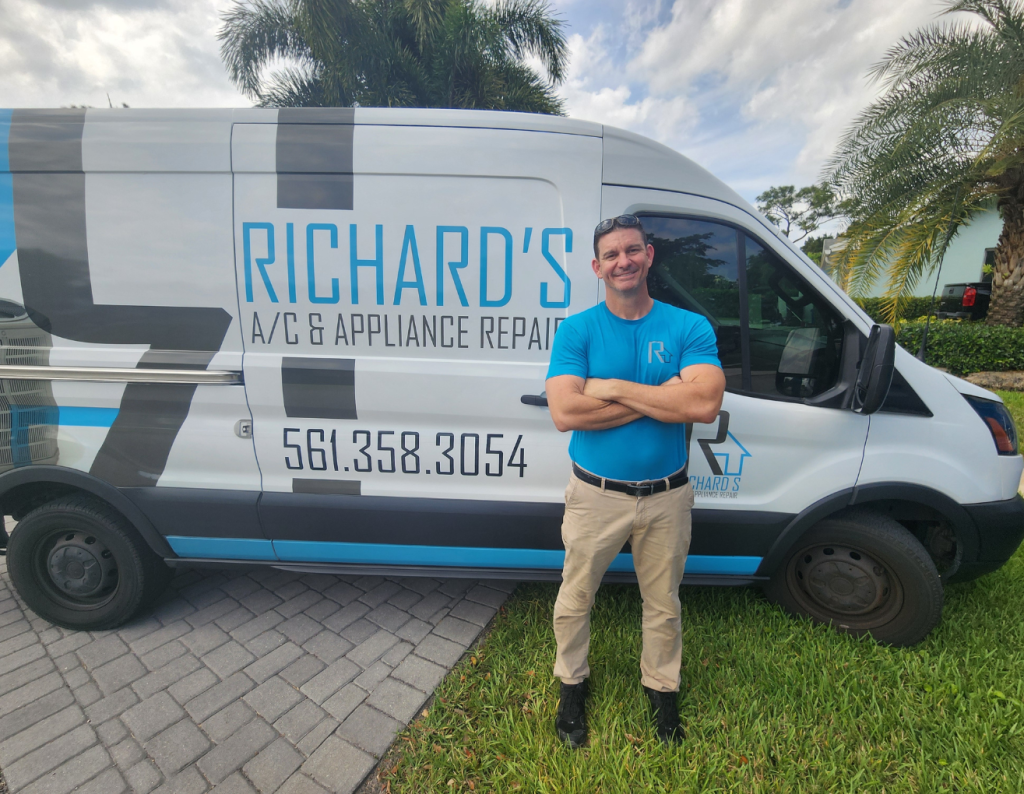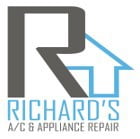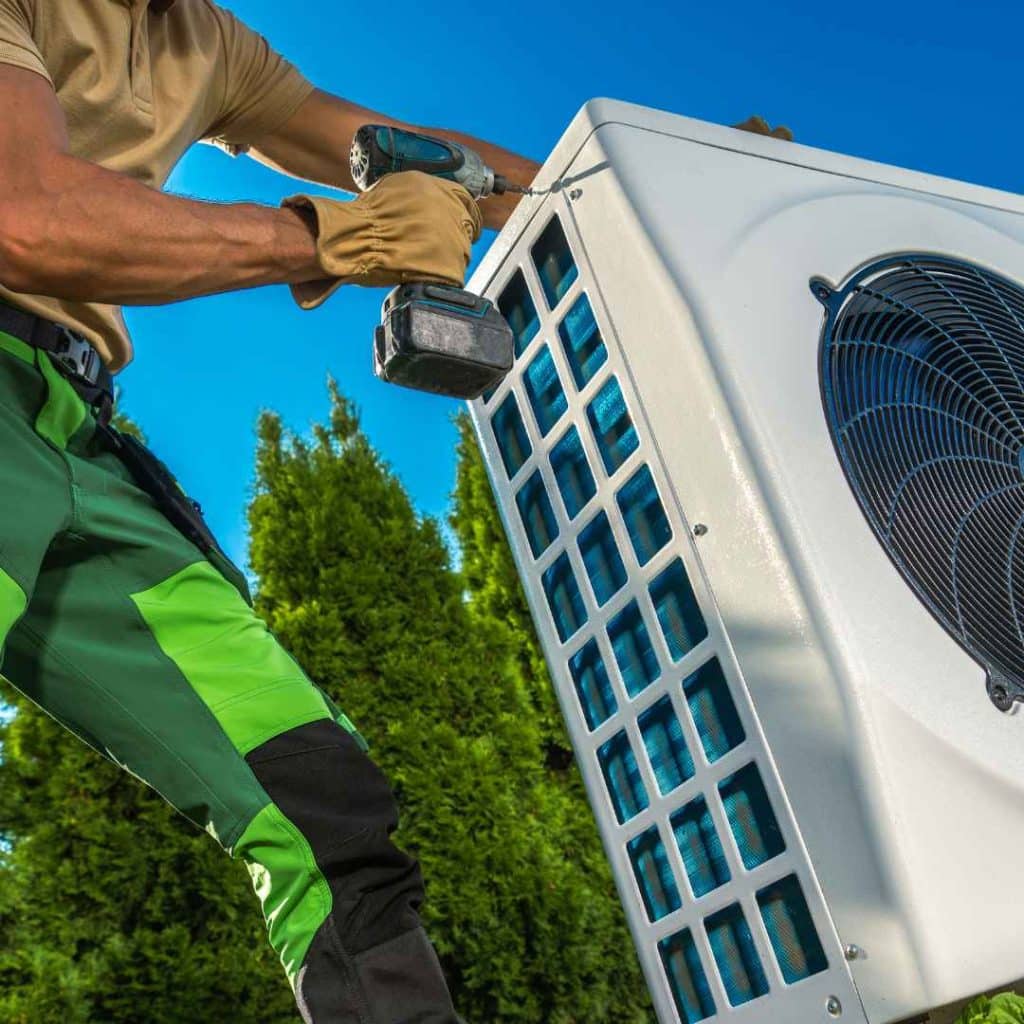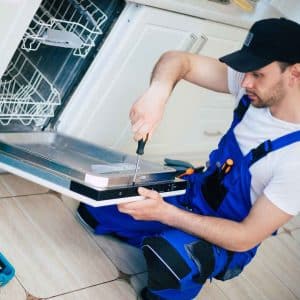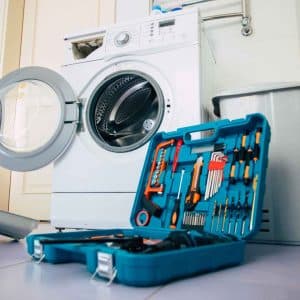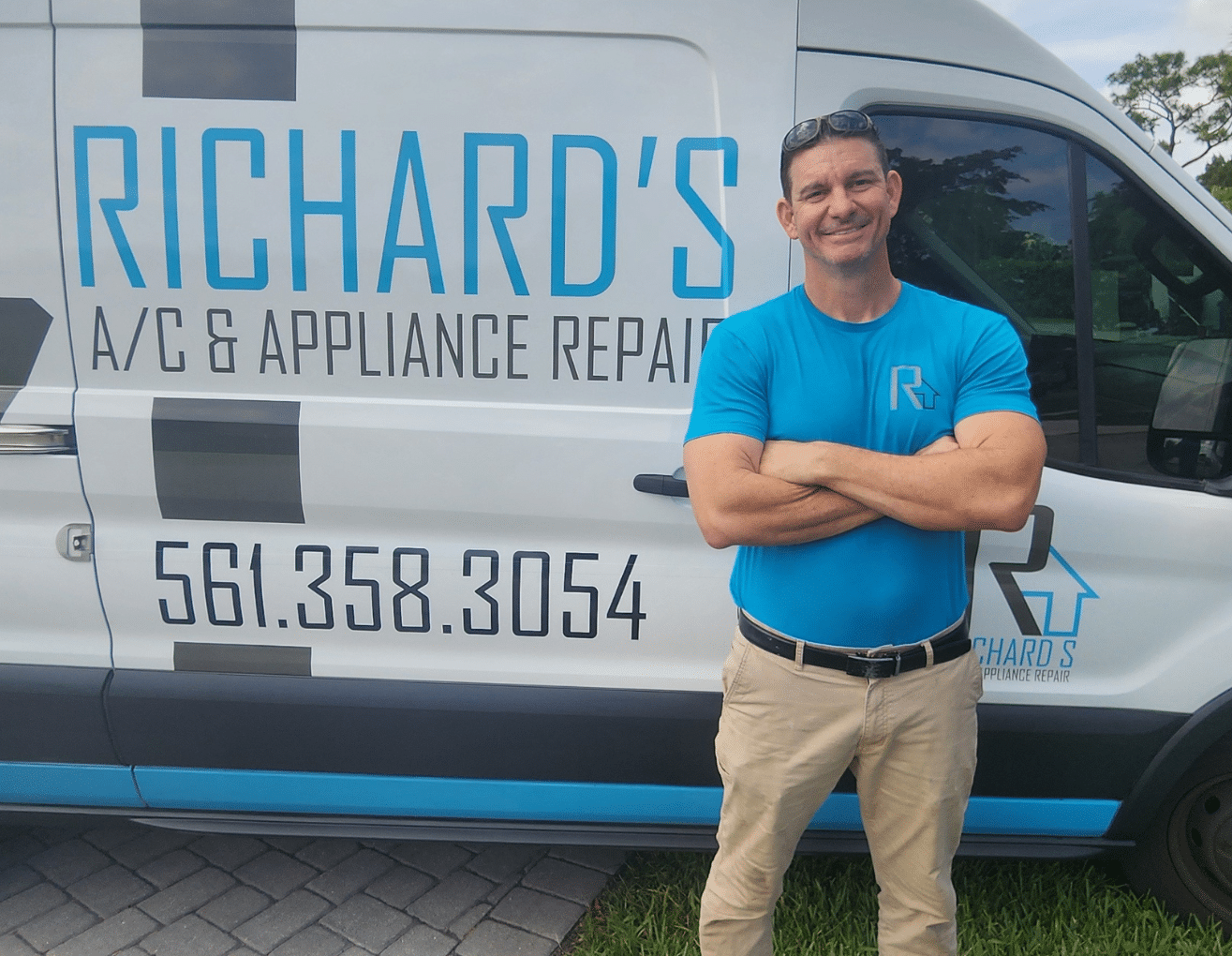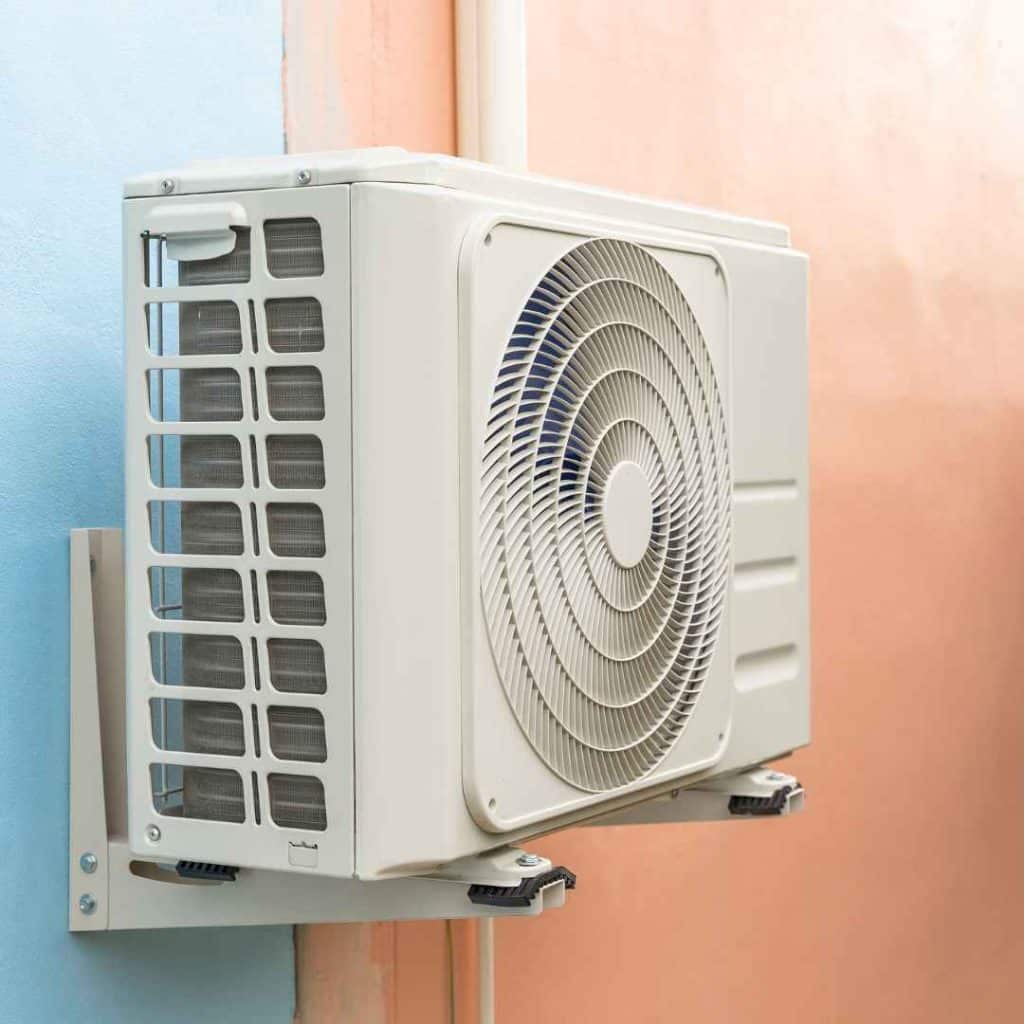
Spring is in full swing here in Florida, and we all know what that means – the summer heat isn’t far behind! Soon, the temperatures will climb, the humidity will rise, and our air conditioners will become our most relied-upon appliances. Before that intense heat arrives, is your AC ready to handle the demand? Taking proactive steps now to prepare your system can mean the difference between a cool, comfortable summer and a sweaty, stressful season filled with unexpected breakdowns and high energy bills.
Think of it like preparing your car for a long road trip. You wouldn’t start a cross-country journey without checking the tires, oil, and fluids, right? Similarly, your AC needs a little attention before embarking on its marathon run through the Florida summer. Neglecting preventative maintenance can lead to reduced efficiency, increased energy consumption, poor air quality, and costly emergency repairs when you least expect (and need!) them.
This essential checklist will guide you through the key preparation steps – some you can easily tackle yourself, and one crucial step best left to the professionals – to ensure your AC is ready to keep you cool and comfortable all season long. At Richard’s AC, we want to help you stay comfortable without the worry.
Why AC Preparation is Crucial in Florida
Florida’s climate places unique and demanding stress on air conditioning systems. Our cooling season is significantly longer than in many other parts of the country, meaning your AC runs more often and for extended periods. Add to that the high humidity levels, which force your system to work harder not only to cool the air but also to remove moisture, and you have a recipe for potential strain.
Without proper preparation and maintenance, this constant workload can lead to several problems. Dust, pollen, and debris can clog filters and coils, restricting airflow and making the system strain. Electrical connections can loosen over time due to vibrations. Refrigerant levels might become low due to minor leaks. Condensate drain lines, responsible for removing humidity, can become clogged with algae and sludge, potentially causing water damage inside your home. The result? Your AC works less efficiently, struggles to maintain comfortable temperatures, drives up your energy bills, and is far more likely to break down during the peak heat of summer – often when repair services are busiest. A little preparation now truly goes a long way in preventing these headaches.
Your Essential AC Preparation Checklist
Getting your AC ready for summer involves a combination of simple tasks you can perform yourself and a vital professional inspection. Follow these steps to ensure your system is primed for peak performance:
1. Change Your Air Filter (DIY)
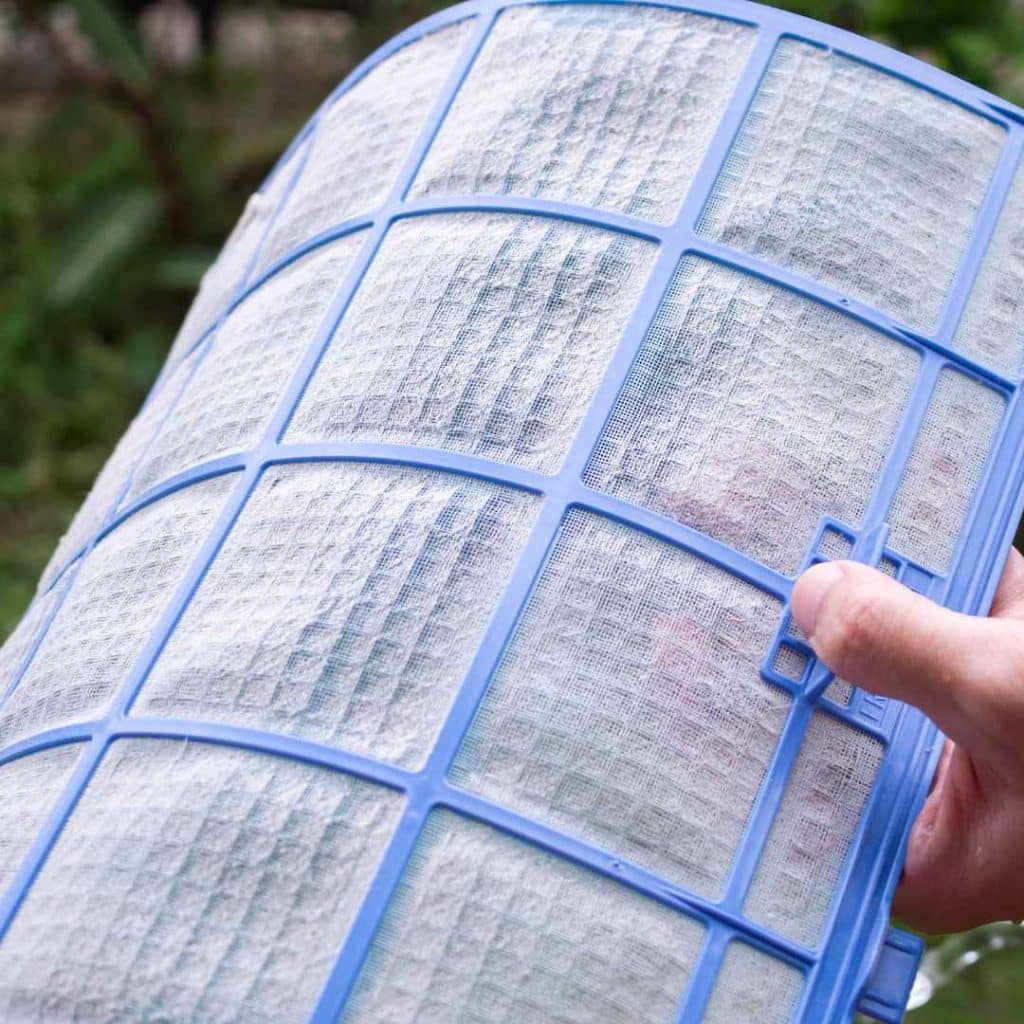
This is arguably the easiest and one of the most impactful DIY tasks. Your AC’s air filter traps dust, pollen, pet dander, and other airborne particles, preventing them from circulating in your home and clogging the system’s internal components. A dirty, clogged filter severely restricts airflow. This forces your AC fan motor to work harder, consuming more energy and reducing cooling efficiency. It can also lead to the evaporator coils freezing over and potentially cause system damage.
How often? Check your filter monthly, especially during heavy use seasons. Depending on the type of filter, your household (pets, allergies), and local conditions, you may need to replace it every 1-3 months. Standard fiberglass filters usually need monthly replacement, while pleated filters might last up to 3 months. Write the date you changed the filter on its edge as a reminder. Make sure you insert the new filter in the correct direction – arrows on the filter frame typically indicate the direction of airflow. Investing in a filter with a higher MERV (Minimum Efficiency Reporting Value) rating can trap smaller particles, improving indoor air quality, but
ensure your system is rated to handle the potential airflow restriction of very high MERV filters.
2. Clean Around the Outdoor Unit (Condenser) (DIY)
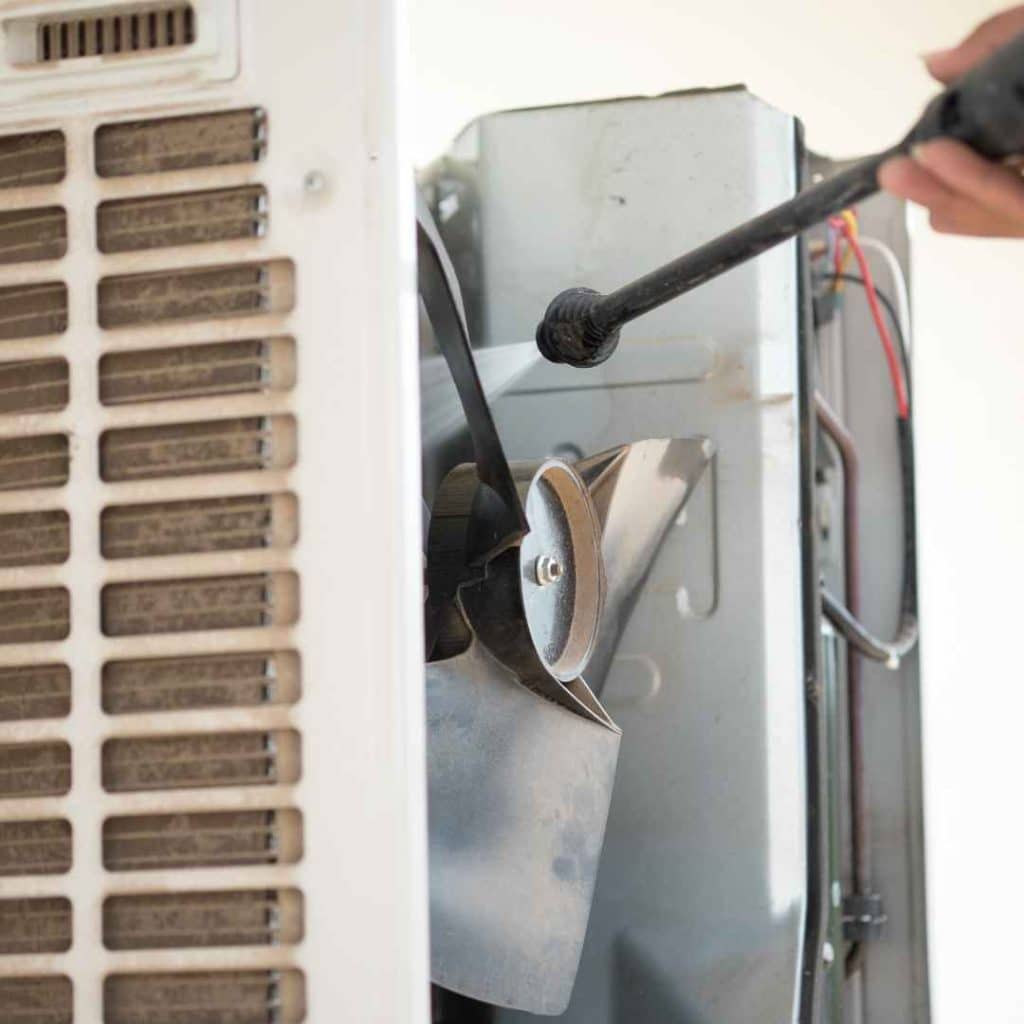
Your AC system has two main parts: the indoor unit (evaporator/air handler) and the outdoor unit (condenser). The outdoor unit’s job is to release the heat absorbed from inside your home. To do this effectively, it needs unobstructed airflow around it. Over the fall and winter, leaves, grass clippings, dirt, branches, and other debris can accumulate around the condenser.
What to do: Clear away any vegetation, leaves, or debris in at least a two-foot radius around the entire outdoor unit. Trim back any encroaching shrubs or tree branches. Check the metal fins on the condenser coils – they should be straight and clean. If
they are dirty, you can gently rinse them with a garden hose (use low pressure, spraying from the inside out if possible, and never use a pressure washer, which can damage the delicate fins). If the fins are bent, call a professional; straightening them requires a special tool called a fin comb. Ensuring good airflow around the condenser is critical for efficient heat exchange and prevents the unit from overheating.
3. Check and Clean Indoor Vents and Registers (DIY)
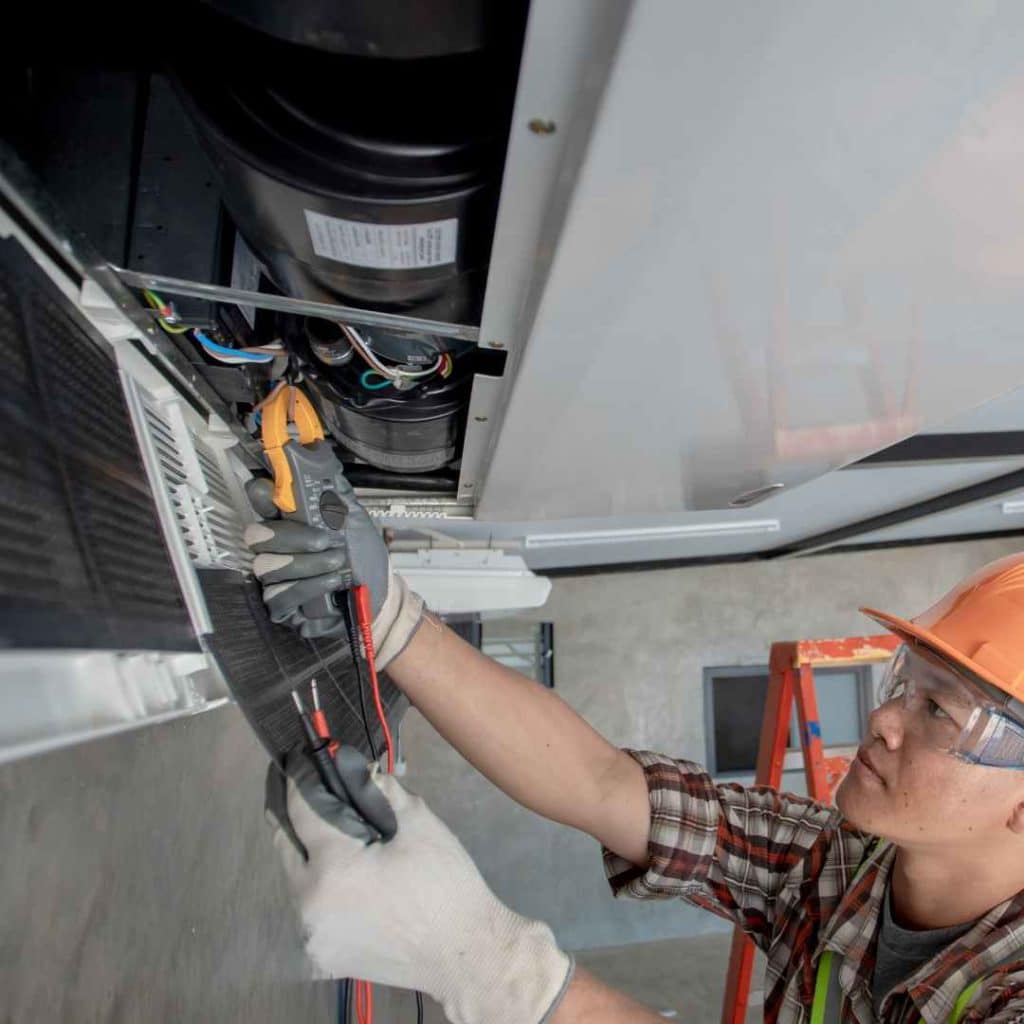
Cool air needs a clear path to enter your rooms. Go through your home and check all the supply vents (where cool air blows out) and return vents (where air is pulled back into the system). Make sure they are open and not blocked by furniture, rugs, curtains, or other objects.
How to clean: Use a vacuum cleaner with a brush attachment to clean dust and debris from the vent covers (registers). Keeping these vents clean and unobstructed ensures balanced airflow throughout your home, helping your AC cool more effectively and preventing unnecessary strain on the system. Proper airflow is key to maintaining consistent temperatures from room to room.
4. Test Your Thermostat (DIY)
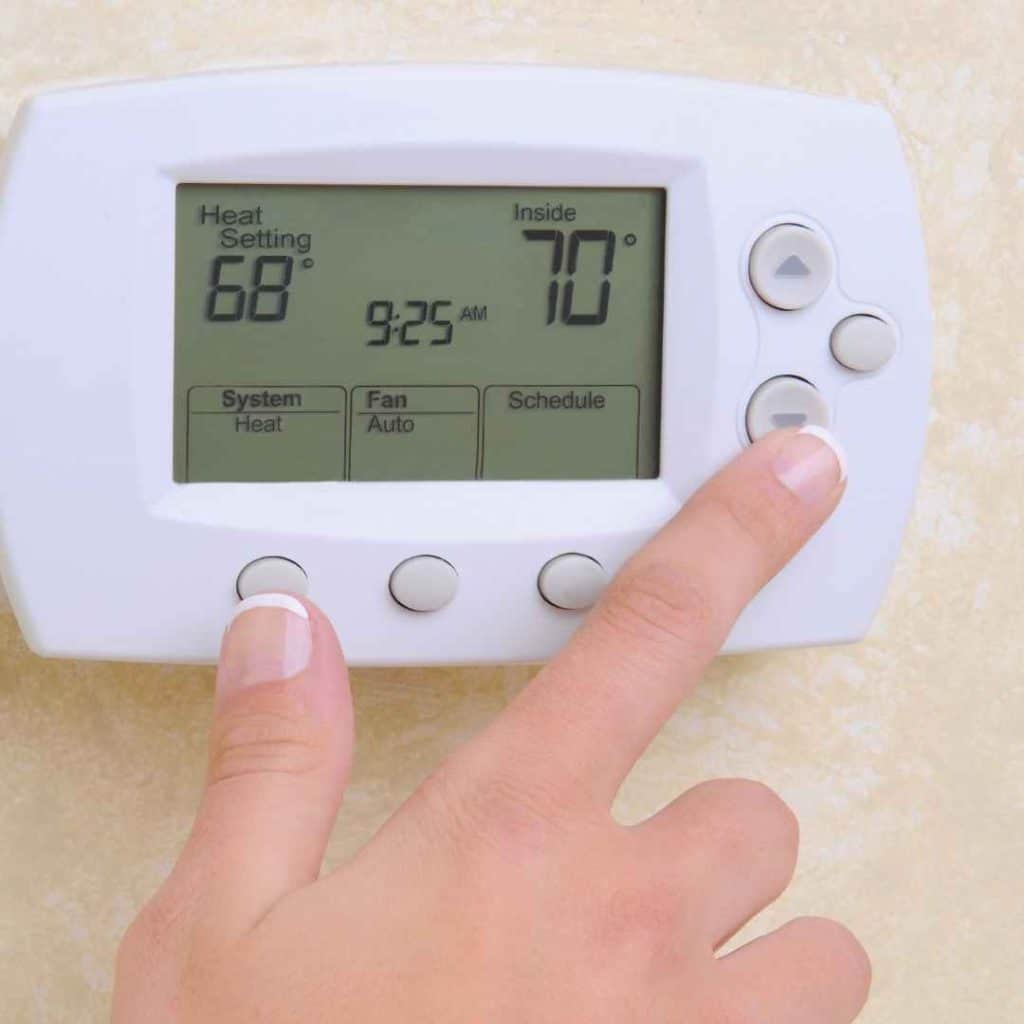
Your thermostat is the brain of your AC system. Before the heat sets in, perform a simple test. Set your thermostat to “Cool” mode and lower the temperature setting by at least 5 degrees below the current room temperature. You should hear the AC system kick on within a minute or two, and cool air should start blowing from the vents shortly after.
If the system doesn’t
respond, check the thermostat’s batteries (if it uses them) and replace them if necessary. Ensure the thermostat is receiving power. If it still doesn’t work after checking batteries and power, there might be an issue with the thermostat itself or the wiring. Consider this an opportunity to potentially upgrade to a smart thermostat. These devices offer programmable schedules, remote access via smartphone apps, and learning capabilities that can significantly improve comfort and reduce energy costs – something Richard’s AC can help you with!
5. Inspect the Condensate Drain Line (DIY – Optional/Professional)
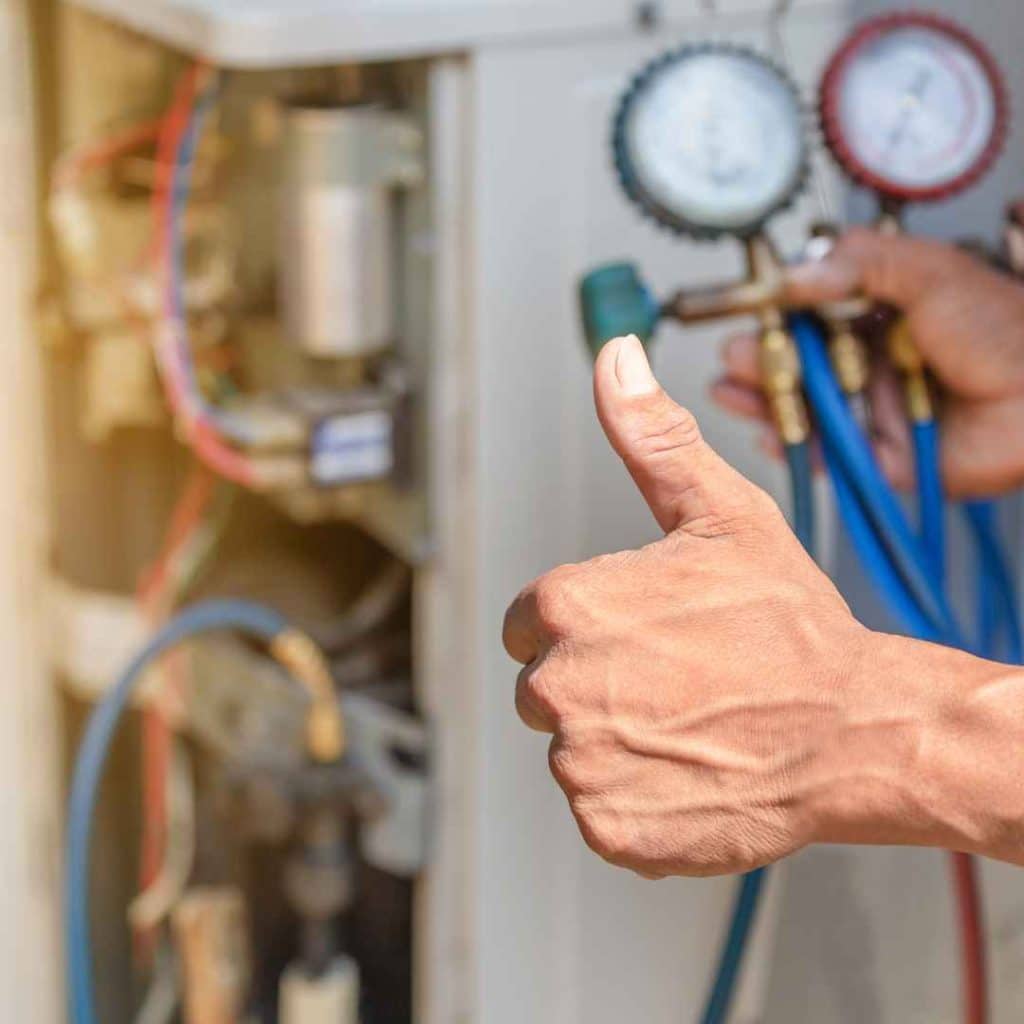
As your AC removes humidity from the air, it creates condensation, which collects in a drain pan and flows out through a condensate drain line (usually a PVC pipe leading outside). In Florida’s humid climate, algae, mold, and sludge can build up in this line, causing clogs. A clogged drain line can lead to water backing up, overflowing the drain pan, and potentially causing significant water damage to your home’s ceilings, walls, or floors. It can also trigger an automatic shut-off switch, disabling your AC.
What to look for: Check the area around your indoor unit for signs of water pooling or moisture. Look at the point where the drain line exits your home – is water dripping freely when the AC is running? Some homeowners attempt to flush the line themselves using a vinegar/water solution poured through an access tee near the indoor unit. However, we strongly recommend professional cleaning. Improper flushing can sometimes push the clog further down or damage the pipe. A technician has the tools and expertise to clear the line safely and effectively.
6. Schedule Professional Preventative Maintenance (Essential!)
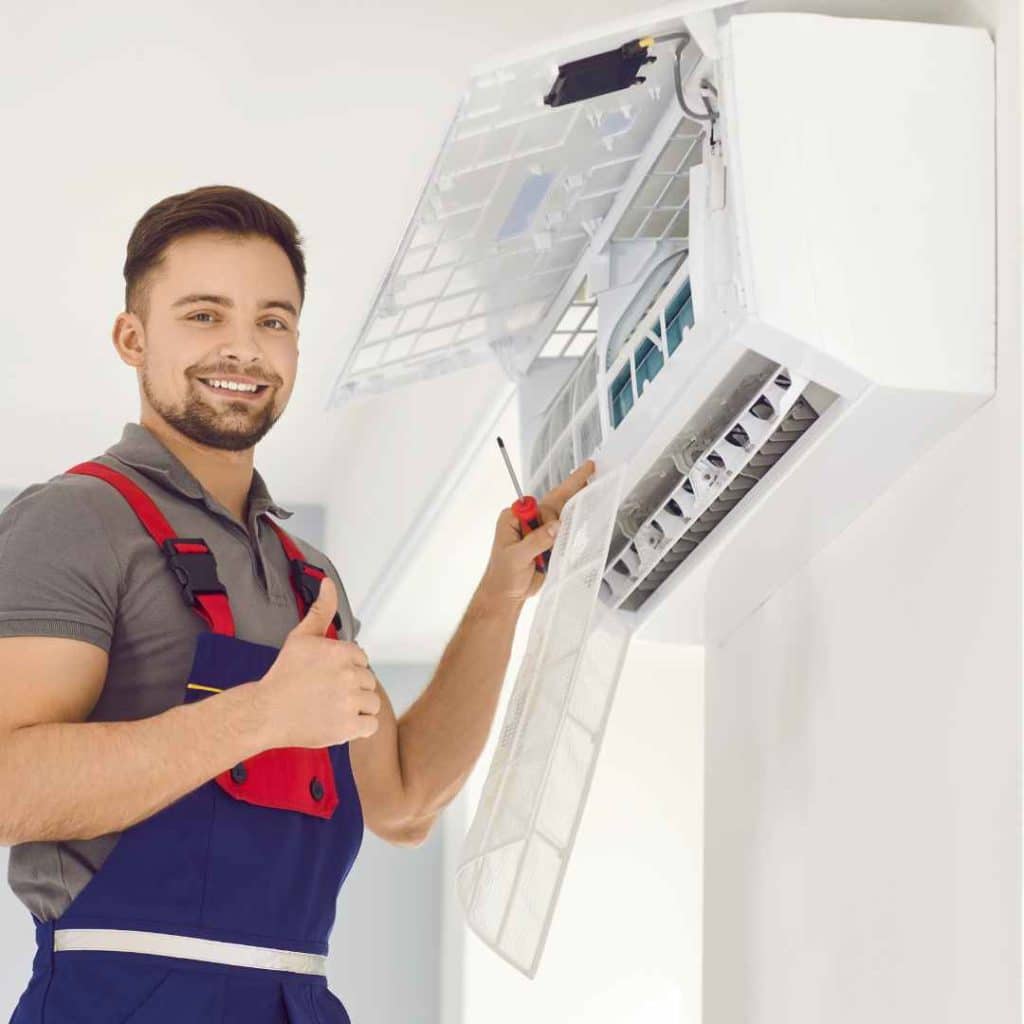
While the DIY steps above are helpful, they cannot replace a comprehensive professional tune-up. An experienced HVAC technician has the training and specialized tools to perform checks and adjustments that go far beyond basic cleaning. This is the single most important step in preparing your AC for the demanding Florida summer.
What a professional tune-up includes: * Cleaning Coils: Thoroughly cleaning both the indoor evaporator coils and outdoor condenser coils. * Checking Refrigerant Levels: Ensuring the refrigerant charge is correct (too little or too much reduces efficiency and cooling capacity). * Inspecting Electrical Components: Checking wiring, tightening connections, measuring voltage and amperage draws to prevent electrical issues. * Lubricating Moving Parts: Lubricating motors and bearings to reduce friction and wear. * Testing Thermostat Calibration: Ensuring the thermostat is reading and controlling temperatures accurately. * Inspecting Ductwork: Checking for obvious leaks or damage in accessible ductwork. * Clearing the Condensate Drain Line: Professionally flushing and clearing the drain line. * Overall System Performance Check: Running the system and measuring performance metrics to ensure it’s operating efficiently and safely.
The Benefits: Professional maintenance catches small problems before they become major, expensive repairs. It ensures your system runs at peak efficiency, saving you money on energy bills. It can significantly extend the lifespan of your AC unit and gives you peace of mind knowing your system is ready for summer. Richard’s AC offers an affordable Preventative Maintenance plan for just $160 a year, providing two tune-ups (one for cooling, one for heating) to keep your system in top shape year-round.
Don’t Sweat It – Let Richard’s AC Handle the Tough Stuff
Completing the DIY steps on this checklist is a great start, but the cornerstone of summer AC preparation is the professional tune-up. Don’t underestimate its value! Our experienced technicians at Richard’s AC know Florida AC systems inside and out. We provide that honest, “old-school” service you can rely on, ensuring every component is checked, cleaned, and ready for the heat. Scheduling your maintenance before the peak summer rush ensures you get a convenient appointment slot and that your system is ready when you need it most.
Final Thoughts: A Cool and Comfortable Summer Awaits
By following this essential AC preparation checklist, combining simple DIY tasks with crucial professional maintenance, you can face the Florida summer with confidence. A well-maintained air conditioner runs more efficiently, costs less to operate, provides better comfort and air quality, and is far less likely to leave you sweltering during a heatwave. Be proactive, not reactive!
Ready to Get Your AC Summer-Ready?
Don’t wait until the first heatwave hits! Ensure your AC is ready to perform reliably and efficiently all summer long.
Schedule your professional AC maintenance tune-up with Richard’s AC today!
Let us give you the peace of mind that comes with knowing your system is prepared. Contact us if you have any questions!
